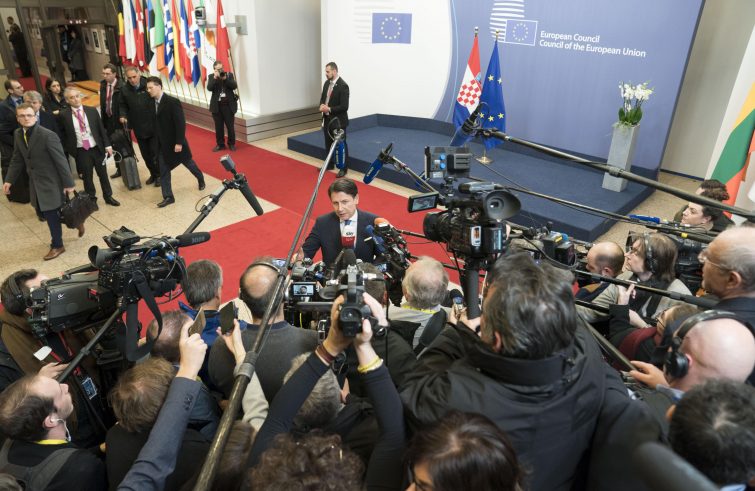
The widespread need to restart a normal life, possibly in a sounder and less wasteful manner, requires creating an economic model in a period lasting more than a few months of emergency. Resuming “everything as it was before” could appear easier and faster than facing the challenge of “restarting better than before.” The Government is committed to a Recovery Plan that can count on internal resources, low-cost loans and non-repayable grants from the European Union. This is being discussed in Brussels, although formally the debate is about the EU budget: quantity, distribution and controls, which – as known – is a very sensitive issue. Governments are duty-bound not to squander non-repayable grants or loans today and avoid indebtedness for the future. Broadly speaking, Italy aims at improving infrastructure, increasing digitization quantity and quality, with environmental-friendly and energy-efficient production and distribution of commodities.
The long list of transport interventions involving roads and railways (hence cars and trains) gives new impetus to the construction sector by means of an extensive project that will not disappoint anyone. Resuming the project of a bridge over the Strait is just an idea, while intervention on national railways is more concrete.
There are good opportunities for private citizens to intervene on the quality of housing, with a convenient superbonus for primary residence and second home (including facilities for community service) provided that interventions result in two energy quality levels of apartment blocks. The lockdown imposed by the pandemic has shown that internet connection levels can divide the population between those who can work or study from home and those who log out of the group owing to faulty internet connections. The circulation of people and goods was and is a value of civilization, a historical bridge between peoples which cannot be confined to short-term tourism or cargo flights loaded with more or less exotic fruit and vegetables. The “farm to fork” strategy developed by the European Union (locally sourced food sold to local consumers) is a future-oriented approach to reducing distances rather than nostalgic farming.
Amidst an as yet unresolved emergency, the European Union is discussing its common home, household finances, and the constraints it should impose on the impressive amount of money bound to flow in.
Ultimately, critical issues remain the same as always: if the money belongs to all Europeans, can national governments and parliaments have full discretionary power over it? And since the health crisis has impacted some countries harder than others, how much effort is required to get them back on their feet? Could the fact that all the members of the European common home have veto rights lead to a deadlock? Is tax competitiveness between residents of the same condominium fair?
In the ongoing round of meetings between Heads of Government, the debate is obviously about billions of Euros. All those involved are pulling their end of the blanket to avoid appearing weak in the eyes of national voters and to ensure maximum resources for a more manageable recovery process.









